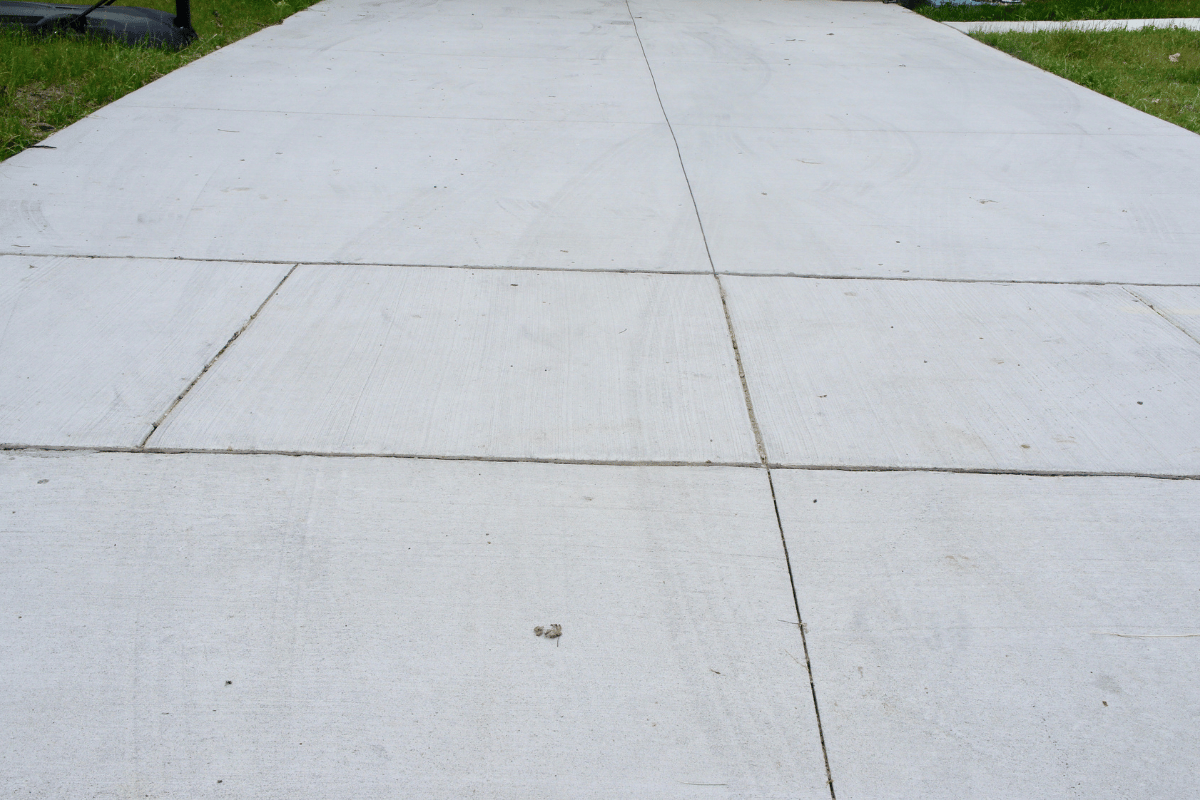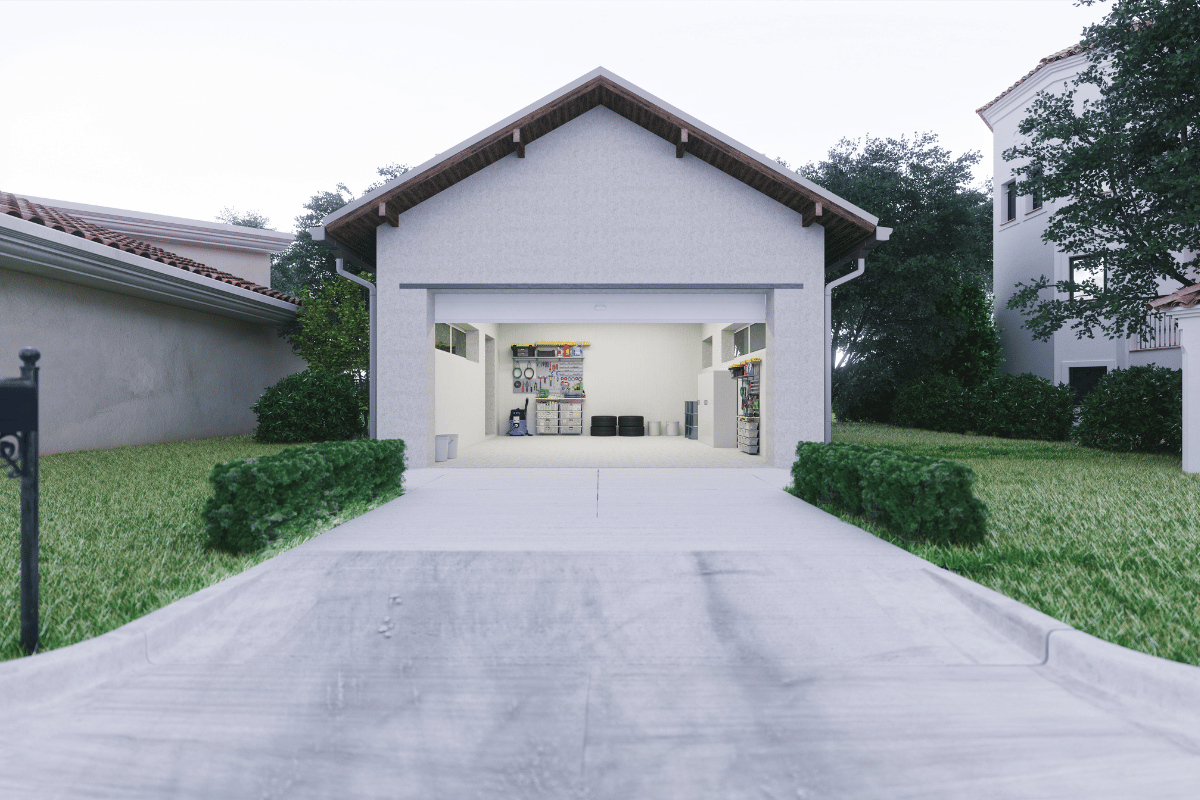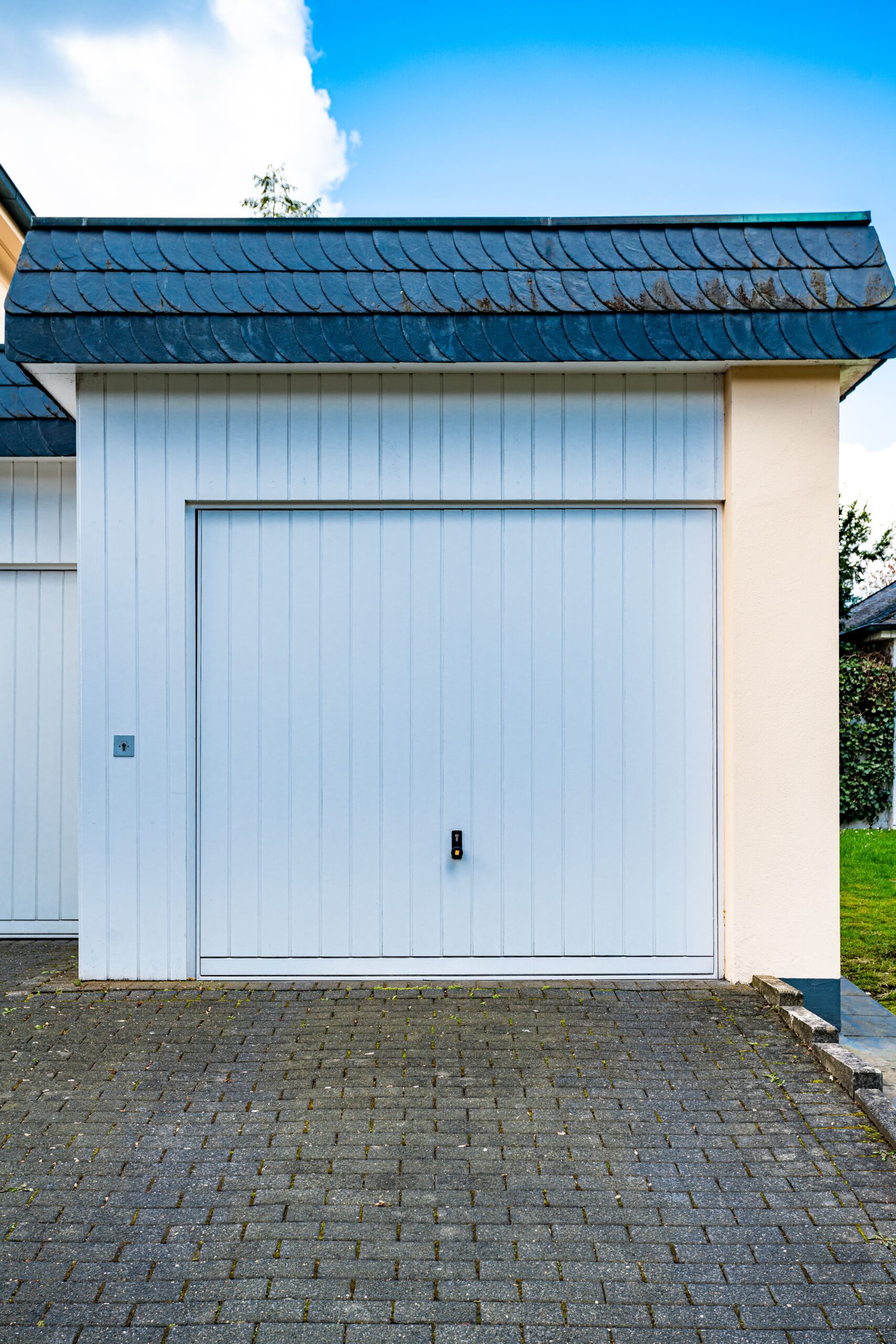Hello, dear readers! Today, let’s talk about something that’s under our cars but often goes unnoticed – our concrete driveways. They bear the brunt of daily wear and tear but don’t always get the TLC they deserve. In this blog, we’re going to explore the ins and outs of concrete driveway repair, ensuring your driveway isn’t just a path to your home, but a welcoming part of it.
Why Concrete Driveway Repair Matters
Your driveway is one of the first things people notice about your home. It’s not just a functional space for parking; it’s a part of your home’s curb appeal. Cracks, potholes, and uneven surfaces can not only diminish the look of your home but also pose safety hazards. Regular repair and maintenance can save you from larger, more costly repairs down the line.
Identifying Common Driveway Issues
Before diving into repairs, it’s crucial to understand what we’re dealing with. Here are some common issues:
- Cracks: Small or large, cracks are the most common. They can be caused by weather, poor installation, or just age.
- Potholes: Often a result of wear and tear, potholes can be both unsightly and dangerous.
- Discoloration: Over time, your driveway can lose its original color due to sunlight exposure, oil spills, and other elements.
- Unevenness: This can be due to soil shifting or settling underneath the concrete.
DIY vs. Professional Repairs
While some minor repairs can be a DIY project, more significant issues should be handled by professionals. DIY fixes might include patching small cracks or holes with a concrete repair kit. However, for larger cracks, potholes, or leveling issues, it’s best to call in the pros. They have the right tools, materials, and expertise to ensure the job is done right.
The Repair Process
A typical concrete driveway repair process involves several steps:
- Cleaning: The area must be clean and free of debris for the repair material to adhere properly.
- Filling Cracks: Using a concrete patch product, small cracks are filled and sealed.
- Addressing Potholes and Unevenness: This may involve patching with new concrete or even concrete lifting techniques.
- Sealing: Once repairs are done, sealing the driveway can protect it from future damage.
Long-Term Care and Maintenance
After repairing your driveway, maintenance is key. Regular cleaning, resealing every few years, and avoiding harsh chemicals can prolong the life of your driveway. Also, be mindful of the weight of vehicles and objects placed on the driveway.
Conclusion
A well-maintained concrete driveway not only enhances the look of your home but also adds to its value. Whether you opt for a DIY fix or call in professionals, regular care and timely repairs will keep your driveway in top shape for years to come.
Remember, your driveway is the welcome mat to your home; keeping it well-maintained is not just about aesthetics, but about making every arrival a pleasant one.






Recent Comments